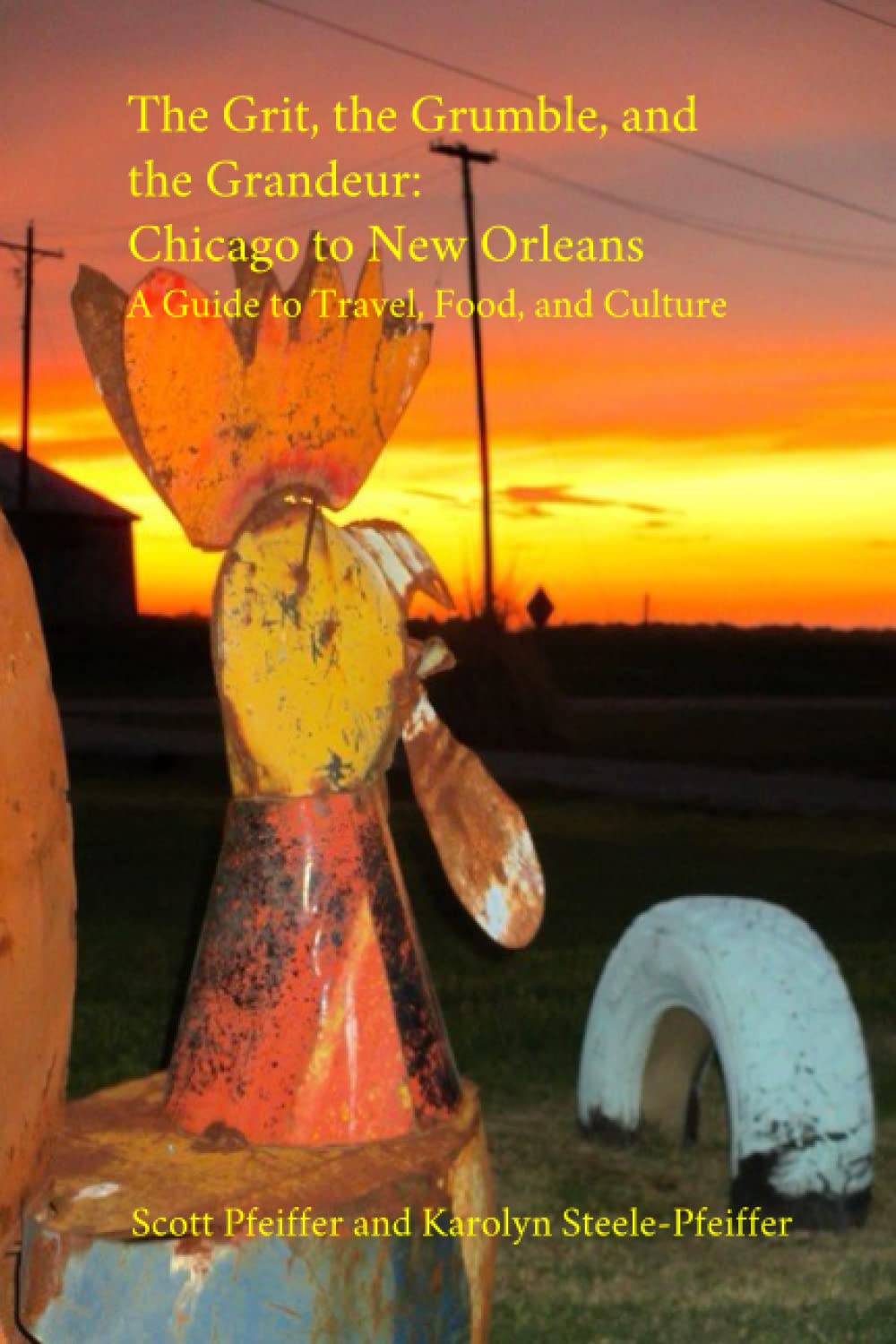Silence
 Scott Pfeiffer
Scott Pfeiffer  Friday, January 13, 2017 at 11:44AM
Friday, January 13, 2017 at 11:44AM 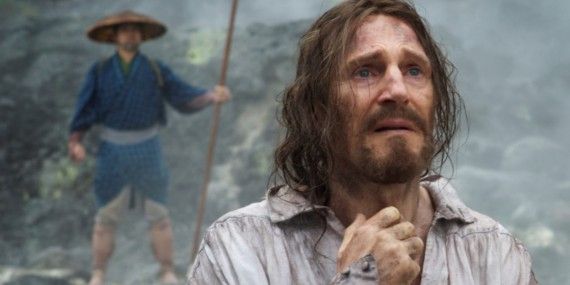
Who was it who taught the bible-thumpers that the true meaning of God is love? -- Michael Powell on Martin Scorsese
The profoundly moving Silence is a film about the subject Martin Scorsese has been probing from the very beginning of his career: the nature of faith in a complex world. It is over two-and-a-half hours long: Scorsese often goes long. (When I saw Casino, the theater put the lights up before the film was even over, which I considered an outrage.) It's sometimes heavy. And yet, as I let the beautiful filmmaking play over me, it didn't feel nearly as long as some 82-minute Hollywood insults to the heart, soul and mind. Scorsese's been my favorite director ever since I first became seriously interested in cinema, so I let this movie get me on its wavelength: the beautiful sound design, with its chirping crickets and lapping waves; Thelma Schoonmaker's sublime, cliché-subverting editing (right off the bat you notice they're playing with shot/reverse shot conventions); Rodrigo Prieto's exquisite cinematography. Scorsese's exhilarating, nervous quick-camera style, when it emerges, is like an old friend, and he co-wrote the script with one of his oldest friends, one-time critic Jay Cocks. The picture's duration worked on me. I concentrated, and as it unspooled the film began to have an oddly meditative, almost hallucinatory effect.
As everyone knows who has read Paul Elie's excellent feature in the New York Times magazine, "The Passion of Martin Scorsese," Silence is one of Scorsese's dream projects, like Gangs of New York and The Last Temptation of Christ. Like those, it's deeply felt, cherished even, and slightly unwieldy. It is based on the 1966 novel "Chinmoku (Silence)" by Shusaku Endo, a Japanese convert to Christianity, which spoke deeply to Scorsese when he first read it in 1989. The resulting film is a deep, rich experience, and a sometimes taxing one. These most personal, long-gestated entries in his canon attain a kind of greatness because of their flaws, not in spite of them.
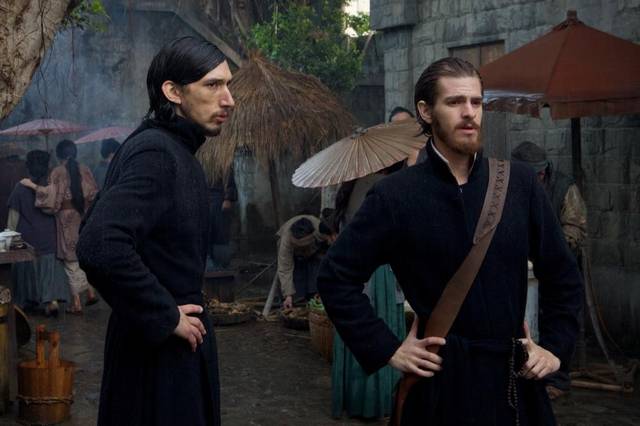 Silence concerns the fate of a prodigal Portuguese Jesuit priest, Father Cristóvão Ferreira (Liam Neeson). He's a Christian missionary in seventeenth-century imperial Japan, when such men and their followers endured brutal persecution. As Elie recounts, Catholics "were forced to apostatize by stepping on the fumie — a piece of copper impressed with an image of Christ." When we first see Ferreira, he is being forced to bear witness to the torture of Christian converts. The tormentors give him a choice: he may save the lives of the converts and end their suffering, if he will step on the fumie and apostatize. Elie puts his finger on the central paradox with which the film asks us to grapple: "The priest profanes an image of Christ, and yet the act was an act of faith."
Silence concerns the fate of a prodigal Portuguese Jesuit priest, Father Cristóvão Ferreira (Liam Neeson). He's a Christian missionary in seventeenth-century imperial Japan, when such men and their followers endured brutal persecution. As Elie recounts, Catholics "were forced to apostatize by stepping on the fumie — a piece of copper impressed with an image of Christ." When we first see Ferreira, he is being forced to bear witness to the torture of Christian converts. The tormentors give him a choice: he may save the lives of the converts and end their suffering, if he will step on the fumie and apostatize. Elie puts his finger on the central paradox with which the film asks us to grapple: "The priest profanes an image of Christ, and yet the act was an act of faith."
The movie's first section takes place years after the opening scene, and the story unspools in the form of letters written by young Father Sebastian Rodrigues (Andrew Garfield), who sets off on a quest to Japan to find out what has become of Ferreira, accompanied by another young priest, Father Francisco Garrupe (Adam Driver). Ferreira was the young mens' mentor. Throughout their adventures, an utterly dissolute peasant named Kichijiro (Yôsuke Kubozuka) keeps turning up. A former convert, he stepped on the fumie to save his own skin, betraying his own family, who themselves went to their deaths rather than renounce their faith. He's a weak, cowardly man, as opposed to the brave underground Christian martyrs, like the leader played by 83-year-old Yoshi Oida, or the young woman played by Nana Komatsu. He even betrays Rodrigues to the shogunate authorities, resulting in his imprisonment. Yet after every betrayal, he returns simpering to Father Rodrigues, begging for his forgiveness. And every time, Rodrigues gives it to him. What, then, is the way of true Christianity? Is it martyrdom? Or is true Christianity to be found precisely in forgiveness for the people who do the bad deed?
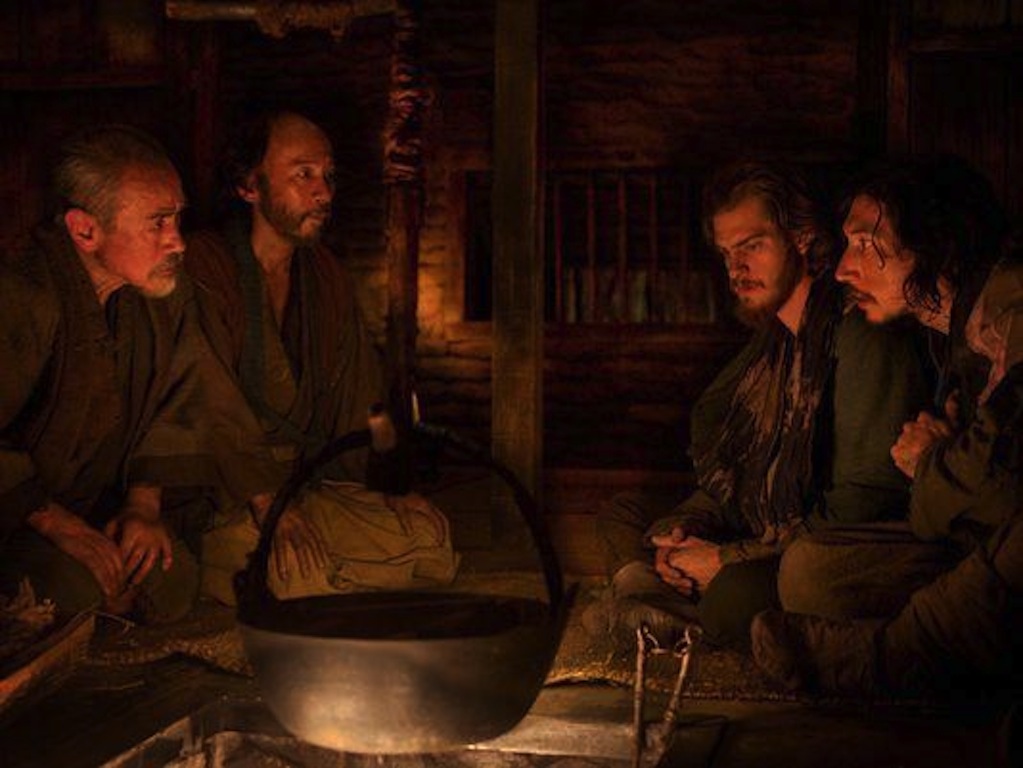 At the prison camp, Rodrigues meets the shogunate's menacing Inquisitor Inoue, played with wicked sly humor by Issey Ogata (Yi Yi). The Inquisitor can debate the fine points of Christianity and Buddhism; in pointed parables, he rightly points out the link between imperialism and the missionary project. From the Inquisitor's point of view, the shogunate's sadism is a form of fighting back against a colonial assault on Japanese culture. With a malevolent grin, he tells Rogrigues he can save the lives of the converts--after all, he says, they suffer because of you. He need only step on the fumie and apostatize. This is utter anathema to Rodrigues: he won't do it. In his wooden-barred cage in the yard of the prison camp, he witnesses Christian converts told they may avoid torture by stepping on the fumie. Some do and some don't. Under torture, human beings may doubt their beliefs. God remains silent in response to Rodrigues' prayers and in the face of suffering. Indeed, there's a reading to be made of the film as a Holocaust metaphor. Why wasn't God watching?
At the prison camp, Rodrigues meets the shogunate's menacing Inquisitor Inoue, played with wicked sly humor by Issey Ogata (Yi Yi). The Inquisitor can debate the fine points of Christianity and Buddhism; in pointed parables, he rightly points out the link between imperialism and the missionary project. From the Inquisitor's point of view, the shogunate's sadism is a form of fighting back against a colonial assault on Japanese culture. With a malevolent grin, he tells Rogrigues he can save the lives of the converts--after all, he says, they suffer because of you. He need only step on the fumie and apostatize. This is utter anathema to Rodrigues: he won't do it. In his wooden-barred cage in the yard of the prison camp, he witnesses Christian converts told they may avoid torture by stepping on the fumie. Some do and some don't. Under torture, human beings may doubt their beliefs. God remains silent in response to Rodrigues' prayers and in the face of suffering. Indeed, there's a reading to be made of the film as a Holocaust metaphor. Why wasn't God watching?
Rodrigues begins to fear his stubborn refusal to apostatize might have to do with his own selfishness and vanity. He worries that he is losing his mind, that he has a Messiah complex. With his shaggy mane and mad mien, Garfield gives the character a John-the-Baptist-in-the-wilderness desperation. He gazes into a stream and sees Christ's face in his own: narcissism defined. Is not the sin of pride the worst sin? His calling is one in which he is meant to have humility, yet he can't get past his own ego.
Again, this feels profoundly personal for Scorsese. A few years ago he said, "I feel closer to Jesus now. I feel closer, but again, people have said that this is me seeing myself in Jesus. But I don't think there's anything wrong with that if you can see yourself in God, because it's your attempt to come to some sort of terms with God. It has to start somewhere. It has to start on some level. It starts on the lowest level, which is ourselves, and tries to get to the highest level, which is God."
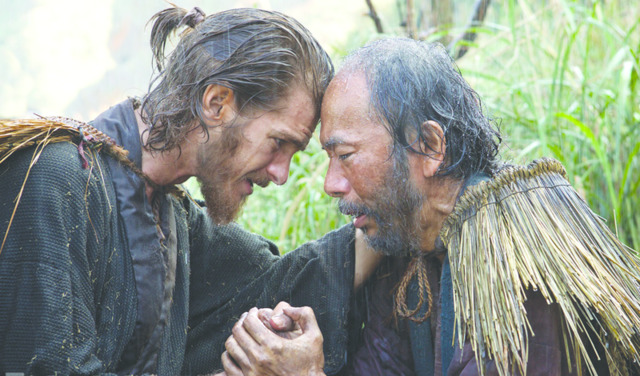
The spirituality of Silence is front and center, as in Kundun. Its Christian imagery is explicit, as in The Last Temptation of Christ. That is to say, it's not one of Scorsese's modern-dress versions like Taxi Driver, Bringing Out the Dead or Mean Streets, where, to paraphrase Scorsese chronicler Mary Pat Kelly (referencing Isaiah), people search for the Holy Way in the "burning sands" of the streets of New York. As Elie puts it, The Last Temptation of Christ was about "Christ's doubt-ridden struggle between his human and divine natures." Sometimes he couches the theme in metaphor, but nearly all of his films are about that in one way or another. "The right way to live has to do with selflessness," Scorsese has said. "But Jesus' last temptation is very human. The human side of all of us doesn't want to suffer."
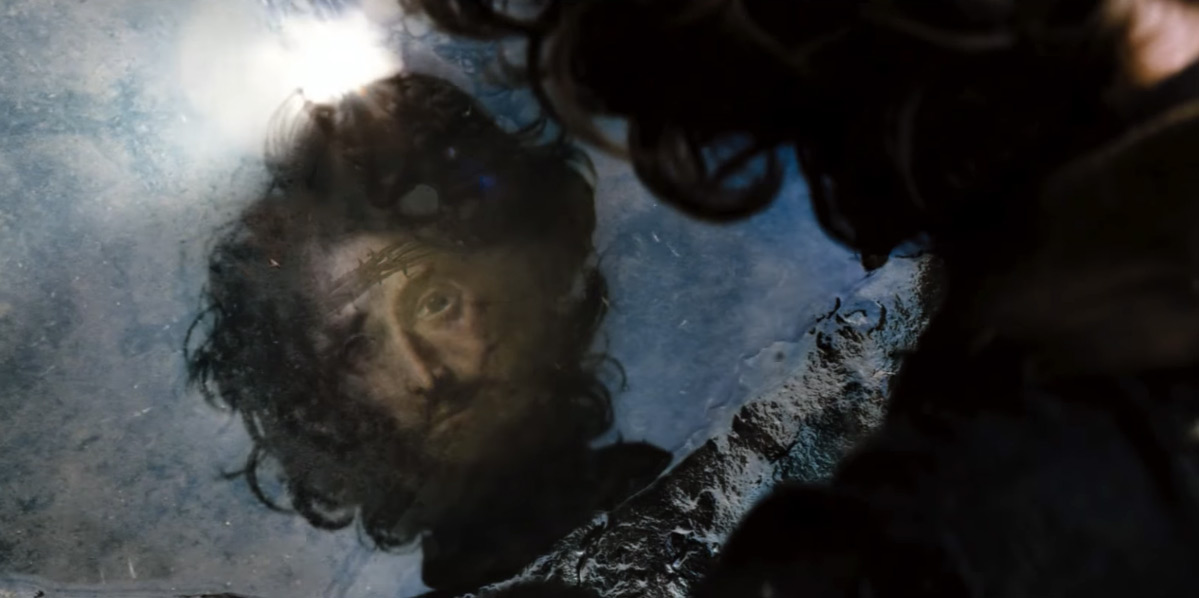
The scene in which Rodrigues finally meets ex-Father Ferreira is remarkably acted. Now a Buddhist, he has built a peaceful, fulfilling life for himself in Japan, with a wife and family. Rodrigues regards Ferreira as a traitor to everything they ever stood for, indeed as a Satan-like tempter. They debate some of life's basic questions. How are we to act, to live? Ferreira begs of Rodrigues to step on the fumie. Show some compassion. Renounce your faith, and end this suffering. Neeson and Garfield are tremendous: you can see the very foundations of Rodrigues' world rocking. He steps on the fumie. What follows is a moving coda told from the point of view of a clerk with the Dutch East India Company, relating the curious story of the apostate priests he once knew in Japan. Rodrigues lives out a quiet family life, always publicly denying Christ, stepping on the fumie whenever asked. It all leads up to a final shot which I hope people will see and talk about for a very long time to come.
As far as my own spirituality is concerned, I'd characterize it by saying I try to be humble in the face of the numinous. I grew up Methodist--not, in terms Scorsese might recognize, "tortured Catholic." (Nicholas Pileggi speaks of "all those bloody saints and all that absolutely sanguinary Southern Italian Catholicism that Marty is a part of. Everybody's house has pictures of Jesus opening his chest with a bloody heart pounding.") I would not call myself a Christian today. Yet there's a vision of humanity in religious art like Silence that very badly needs to be shared with the world. It has to do with the mysteries of love, compassion and beauty. Irregardless of religion, human beings struggle with faith and doubt every day. With Silence, Martin Scorsese has given me another signpost on my own journey.
In thinking about this review, I drew on the following fine volumes: Scorsese on Scorsese, edited by David Thompson and Ian Christie, Martin Scorsese: A Journey by Mary Pat Kelly and Masters of Cinema: Martin Scorsese (Cahiers du Cinema) by Thomas Sotinel. I also looked at Nick Pinkerton's interview with Scorsese in the January-February 2017 Film Comment and Paul Elie's feature "The Passion of Martin Scorsese" in the New York Times Magazine.
Rating: ****1/2
Key to ratings:
***** (essential viewing)
**** (excellent)
*** (worth a look)
** (forgettable)
* (rubbish!!)
